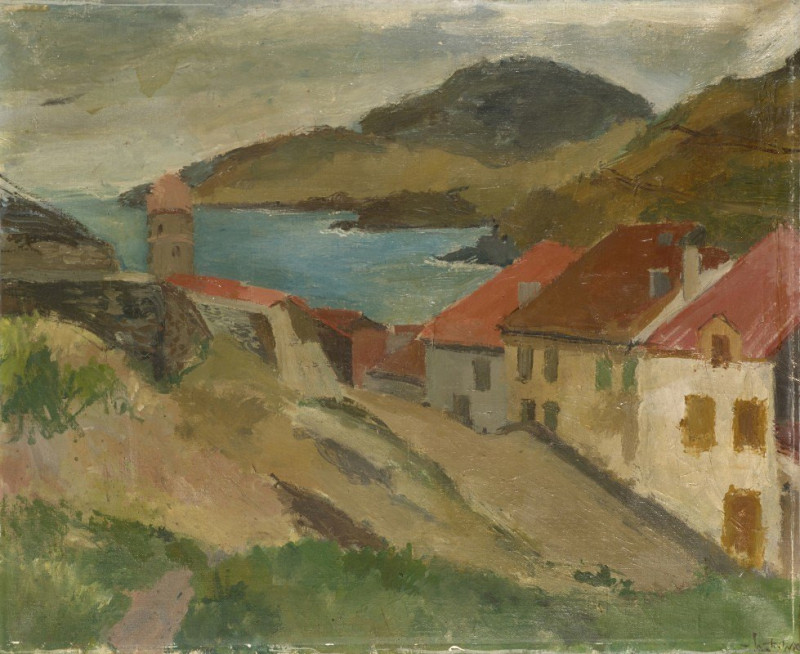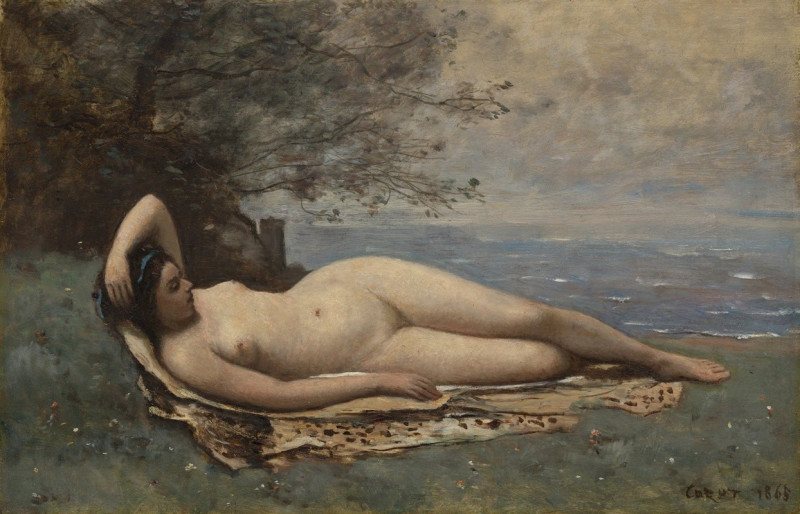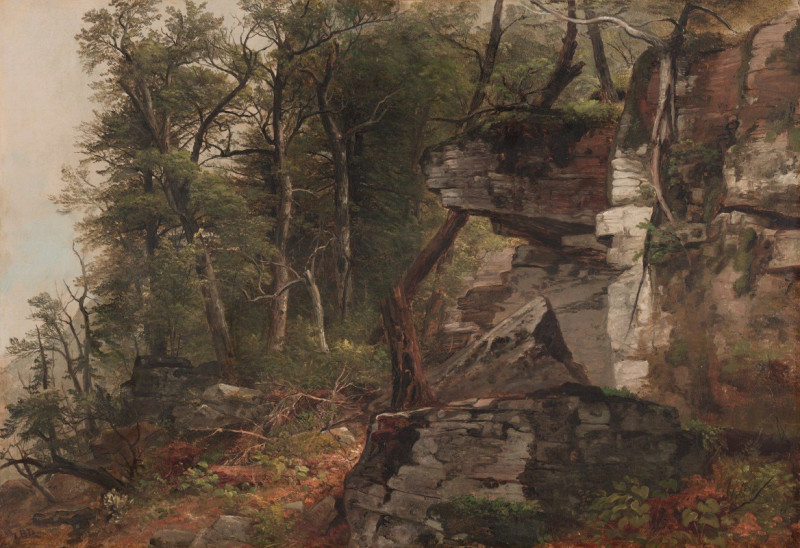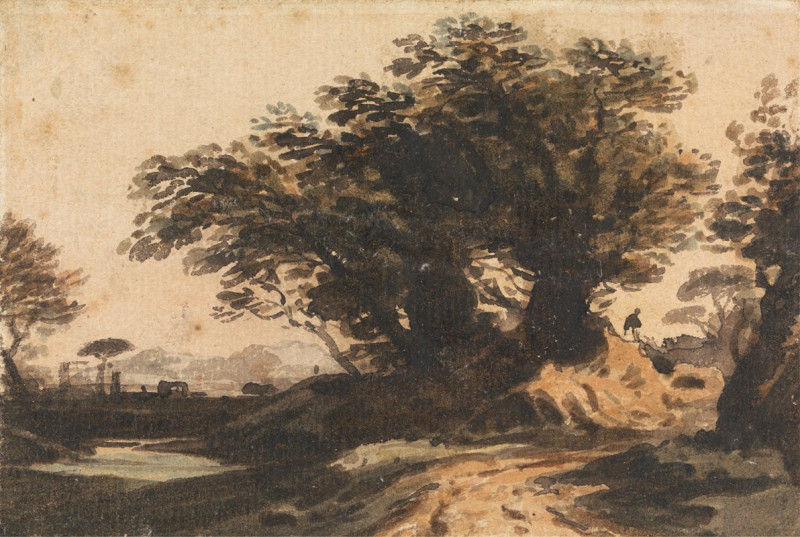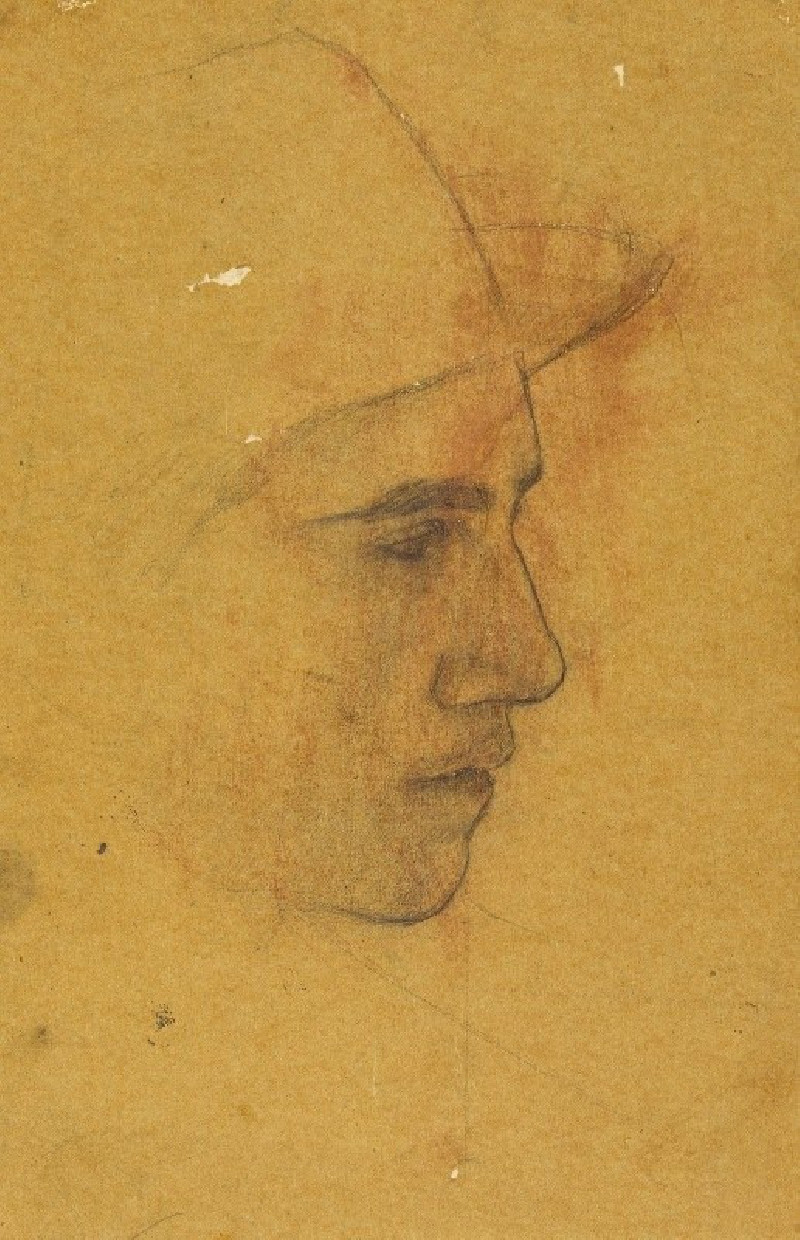Greenhouse (1939)
Technique: Giclée quality print
Recommended by our customers
More about this artwork
In the vibrant and ethereal painting entitled "Greenhouse" (1939) by Walter Kurt Wiemken, viewers are instantly drawn into a serene world suffused with a unique blend of nature and architecture. This artwork, characterized by its bold use of color and dynamic composition, ventures beyond traditional portrayal to evoke a sense of peace and natural beauty encapsulated within a man-made structure.Wiemken expertly uses a palette of blues, greens, and whites to convey the translucent quality of glass and the vigorous life of the plants housed within. The interior scene of the greenhouse is divided by sweeping blue beams that intersect with the lush greenery, creating a dramatic yet harmonious contrast. These structural elements not only enhance the depth of the painting but also frame the various flora, ranging from tall, leafy palms to delicate flowering shrubs, each rendered with striking clarity and vitality.Central to the piece is the captivating round glass wall filled with a mosaic of plants, suggesting a view into another, yet smaller greenhouse or a decorated part of the current structure. This sphere acts as a visual focal point, inviting the viewer's eye to travel around the circular path and discover the variety of textures and shades within.Subtle features, like the scattered light filtering through the glass roof casting patterns on the ground, and glimpses of the exterior setting hinted through the windows, suggest a world beyond the immediate tranquility of the greenhouse, connecting the indoor expanse with the outside world.In "Greenhouse," Walter Kurt Wiemken transcends mere representation of a physical space, instead capturing a moment of quietude where nature and human design coalesce harmoniously.
Delivery
Returns
Walter Kurt Wiemken was a Swiss painter.
Walter Kurt Wiemken was born in 1907. In Basel to German parents, 1898. who have acquired Swiss citizenship. At the age of four months, he contracted polio severely, which left him disabled for life. He lived in his parents' house until his death, where he also established his art studio. His father had a lithography business.










